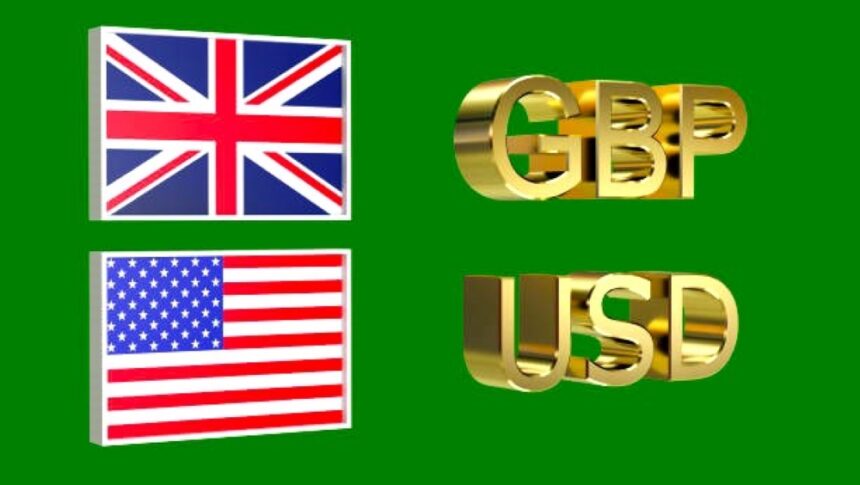Pound underperforming the US dollar as market expectations for the Fed to decrease interest rates significantly have weakened.
In Monday’s London session, the Pound Sterling (GBP) struggled to retain the critical support level of 1.3100 against the US Dollar. The GBPUSD pair is under selling pressure as the US Dollar (USD) continues its rebound, with the US Dollar Index (DXY) rising to approximately 101.40. The greenback gains ground as market wagers that the Federal Reserve (Fed) would aggressively begin its policy easing process have decreased following Friday’s US Nonfarm Payrolls (NFP) data.
According to the CME FedWatch tool, the chance of the Fed cutting interest rates by 50 basis points (bps) to 4.75%-5.00% in September has dropped to 27% from 41% before the release of August data.
US employment growth was less than predicted, and the unemployment rate fell.
The NFP report showed that job growth is broadly moderating compared to previous years’ figures, the unemployment rate fell as expected, and wage growth increased. Even if there is growing indication that the labor market is deteriorating, the most recent data is robust enough to keep the US economy from entering a recession. The judgment that the labor market is holding up weighs on market forecasts of a significant Fed rate cuts lift the US dollar.
This week, investors mostly focus on UK employment and US inflation statistics.
Investors will be looking for new clues about the interest rate prospects in the August US Consumer Price Index (CPI) data, which will be release on Wednesday. The inflation report expected to indicate that both the monthly headline and core CPI. Which includes food and energy prices, have gradually increased by 0.2%. The annual headline CPI is forecast to fall considerably to 2.6%, down from 2.9% in July.
Daily Market movers: Pound Sterling loses vs the US dollar.
On Monday, the pound sterling performed middling against its major counterparts. The British currency projected to trade roughly sideways as investors focus on the United Kingdom’s (UK) employment figures for the quarter ending July. This will be release on Tuesday.
The UK labor market data may affect market speculation on the Bank of England(BoE) interest rate path for the rest of the year. According to predictions, the unemployment rate expected to fall to 4.1% from 4.2% previously. Average Earnings Including Bonuses expected to fall to 4.1% from the previous publication of 4.5%.
Soft wage growth would raise prospects of further interest rate cuts by the BoE.
Soft wage growth would raise prospects of further interest rate cuts by the BoE, implying a drop in inflation in the services sector.
Meanwhile, a monthly Jobs report from the Recruitment and Employment Confederation trade association and accountants KPMG revealed that permanent job placements fell at the highest rate in five months, according to Reuters. The Agency It was also highlighted that wage increase given for new hires fell to a five-month low, one of the worst readings since early 2021. “The news that salaries rose last month at the slowest rate since March may help make the case for more rate cuts when the Monetary Policy Committee meets to decide the future path of interest rates,” Jon Holt, KPMG’s UK chief executive and senior partner, said.









